Disinfecting Irrigation Water for Disease Management
Disinfecting Irrigation Water for Disease Management
Source: https://www.uccs.edu/
Author by: Steven E. Newman, Ph.D.
Usually dispatched in 2 to 3 days
Usually dispatched in 2 to 3 days
Category:
Irrigation & Agriculture
Only logged in customers who have purchased this product may leave a review.
Related products
Soil Hydrology for a Sustainable Land Management
Soil hydrology determines the water–soil–plant interactions in the Earth’s system because porous medium acts as an interface within the atmosphere and lithosphere; regulates main processes such as runoff discharge, aquifer recharge, movement of water, and solutes into the soil; and ultimately the amount of water retained and available for plants growth. Soil hydrology can be strongly affected by land management. Therefore, investigations aimed at assessing the impact of land management changes on soil hydrology are necessary, especially to optimize water resources. This Special Issue collects 12 original contributions addressing the state-of-the-art advances in soil hydrology for sustainable land management.
These contributions cover a wide range of topics including (i) the effects of land use change, (ii) water use efficiency, (iii) erosion risk, (iv) solute transport, and (v) new methods and devices for improved characterization of soil physical and hydraulic properties. They include both field and laboratory experiments as well as modelling studies. Different spatial scales, i.e., from field to regional scales, and a wide range of geographic regions are also covered. The collection of these manuscripts presented in this Special Issue provides a relevant knowledge contribution for effective saving water resources and sustainable land management.
Soil Hydrology for a Sustainable Land Management
Soil hydrology determines the water–soil–plant interactions in the Earth’s system because porous medium acts as an interface within the atmosphere and lithosphere; regulates main processes such as runoff discharge, aquifer recharge, movement of water, and solutes into the soil; and ultimately the amount of water retained and available for plants growth. Soil hydrology can be strongly affected by land management. Therefore, investigations aimed at assessing the impact of land management changes on soil hydrology are necessary, especially to optimize water resources. This Special Issue collects 12 original contributions addressing the state-of-the-art advances in soil hydrology for sustainable land management.
These contributions cover a wide range of topics including (i) the effects of land use change, (ii) water use efficiency, (iii) erosion risk, (iv) solute transport, and (v) new methods and devices for improved characterization of soil physical and hydraulic properties. They include both field and laboratory experiments as well as modelling studies. Different spatial scales, i.e., from field to regional scales, and a wide range of geographic regions are also covered. The collection of these manuscripts presented in this Special Issue provides a relevant knowledge contribution for effective saving water resources and sustainable land management.
Recent Advances in Grain Crops Research
Global food security is highly dependent on grain crops, which produce edible dry seeds that serve as a good source of protein, carbohydrates, and vitamins. Being the most critical component of a human diet, it is not astonishing that over 50% of world daily caloric intake is derived directly from grains. These crops are grown in greater quantities worldwide than any other crop and have undoubtedly played a key role in shaping human civilization.
Recent Advances in Grain Crops Research
Global food security is highly dependent on grain crops, which produce edible dry seeds that serve as a good source of protein, carbohydrates, and vitamins. Being the most critical component of a human diet, it is not astonishing that over 50% of world daily caloric intake is derived directly from grains. These crops are grown in greater quantities worldwide than any other crop and have undoubtedly played a key role in shaping human civilization.
A Benefit-cost Analysis Of Treated Wastewater Reuse For Irrigation In Tubas
The West Bank, Palestine suffers from water scarcity due to the high population growth rate, the political situation that dictates the utilization and development of the water resources and the arid and semiarid climate conditions. Reuse of treated wastewater can be a source of water for the
irrigation of agricultural crops and thus this will lessen the stress on the water resources, increase the agricultural productivity and prevent the pollution of
the soil and groundwater. This work investigated the feasibility of reusing treated wastewater for irrigation in the Tubas area. Thereafter, a benefit-cost analysis was carried out to estimate the cost of the reuse of the treated wastewater in Tubas area. The study considered five options for wastewater treatment in Tubas area: construction of a treatment plant for the wastewater originating from the north of Tubas, south of Tubas, north of Tubas and Tayaser village, all of Tubas, and all of Tubas and Tayaser village, respectively. The study analyzed three systems for secondary wastewater treatment: activated sludge (AS), trickling filter (TF) and aerated lagoons (AL).
Rated 5.00 out of 5
A Benefit-cost Analysis Of Treated Wastewater Reuse For Irrigation In Tubas
The West Bank, Palestine suffers from water scarcity due to the high population growth rate, the political situation that dictates the utilization and development of the water resources and the arid and semiarid climate conditions. Reuse of treated wastewater can be a source of water for the
irrigation of agricultural crops and thus this will lessen the stress on the water resources, increase the agricultural productivity and prevent the pollution of
the soil and groundwater. This work investigated the feasibility of reusing treated wastewater for irrigation in the Tubas area. Thereafter, a benefit-cost analysis was carried out to estimate the cost of the reuse of the treated wastewater in Tubas area. The study considered five options for wastewater treatment in Tubas area: construction of a treatment plant for the wastewater originating from the north of Tubas, south of Tubas, north of Tubas and Tayaser village, all of Tubas, and all of Tubas and Tayaser village, respectively. The study analyzed three systems for secondary wastewater treatment: activated sludge (AS), trickling filter (TF) and aerated lagoons (AL).
Rated 5.00 out of 5
Chemigation Backflow Prevention
Introduction
The purpose of this guide is to familiarize those injecting pesticides into irrigation systems with the federal government's equipment requirements on the pesticide label.
The guide will cover the legal requirements as well as discuss practical ways to meet the requirements.
Chemigation Backflow Prevention
Introduction
The purpose of this guide is to familiarize those injecting pesticides into irrigation systems with the federal government's equipment requirements on the pesticide label.
The guide will cover the legal requirements as well as discuss practical ways to meet the requirements.
Safe Use of Wastewater in Agriculture Good Practice Examples
Abstract
Managed aquifer recharge (MAR) systems such as riverbank iltration and soil-aquifer treatment all involve the use of natural subsurface systems to improve the quality of recharged water (i.e., surface water, storm water, reclaimed water) before reuse (e.g. planned potable reuse). During MAR, water is either iniltrated via basins, subsurface injected or abstracted from wells adjacent to rivers. MAR systems represent an attractive option for augmenting and improving groundwater quality as well as for environmental management purposes. However, reuse systems designed for applications that involve human contact should include redundant barriers for pathogens that cause waterborne diseases. This case covers key aspects of a case study on virus removal at three full-scale MAR systems located in different regions of the United States (Arizona, Colorado, and California). MAR projects may be economically viable for developing countries; however, sustainable management is relevant to successfully maintain the attributes necessary for potable and non-potable water reuse.
Keywords: management, aquifer, recharge, removal, viruses
Safe Use of Wastewater in Agriculture Good Practice Examples
Abstract
Managed aquifer recharge (MAR) systems such as riverbank iltration and soil-aquifer treatment all involve the use of natural subsurface systems to improve the quality of recharged water (i.e., surface water, storm water, reclaimed water) before reuse (e.g. planned potable reuse). During MAR, water is either iniltrated via basins, subsurface injected or abstracted from wells adjacent to rivers. MAR systems represent an attractive option for augmenting and improving groundwater quality as well as for environmental management purposes. However, reuse systems designed for applications that involve human contact should include redundant barriers for pathogens that cause waterborne diseases. This case covers key aspects of a case study on virus removal at three full-scale MAR systems located in different regions of the United States (Arizona, Colorado, and California). MAR projects may be economically viable for developing countries; however, sustainable management is relevant to successfully maintain the attributes necessary for potable and non-potable water reuse.
Keywords: management, aquifer, recharge, removal, viruses
Standards For Landscape Irrigation Systems
Introduction:
The following Standards for Landscape Irrigation Systems replace the previous publication of March 1997. They have been developed by the Irrigation Industry Association of British Columbia to reflect the current minimum Standards for the industry and to provide guidance to its members as a benchmark for their performance. The principles embodied in these Standards apply to all landscape irrigation systems but the special circumstances of some owners or installations may require the development of more customized specifications related to the project. The use of these Standards is intended to encourage efficient and responsible water management and result in irrigation systems that are economical, practical, and sustainable. Owners, designers, and installers of these systems are responsible for the use of a precious and finite resource to maintain healthy and functional landscapes. Accepted industry practice reflects these goals. The Irrigation Industry Association of British Columbia accepts no liability arising from the use of these Standards in contractual relationships between parties to an irrigation project.
Standards For Landscape Irrigation Systems
Introduction:
The following Standards for Landscape Irrigation Systems replace the previous publication of March 1997. They have been developed by the Irrigation Industry Association of British Columbia to reflect the current minimum Standards for the industry and to provide guidance to its members as a benchmark for their performance. The principles embodied in these Standards apply to all landscape irrigation systems but the special circumstances of some owners or installations may require the development of more customized specifications related to the project. The use of these Standards is intended to encourage efficient and responsible water management and result in irrigation systems that are economical, practical, and sustainable. Owners, designers, and installers of these systems are responsible for the use of a precious and finite resource to maintain healthy and functional landscapes. Accepted industry practice reflects these goals. The Irrigation Industry Association of British Columbia accepts no liability arising from the use of these Standards in contractual relationships between parties to an irrigation project.
Sustainable Use of Soils and Water: The Role of Environmental Land Use Conflicts
This book on the sustainable use of soils and water addressed a variety of issues related to the utopian desire for environmental sustainability and the deviations from this scene observed in the real world. Competing interests for land are frequently a factor in land degradation, especially where the adopted land uses do not conform with the land capability (the natural use of soil). The concerns of researchers about these matters are presented in the articles comprising this Special Issue book. Various approaches were used to assess the (im)balance between economic profit and environmental conservation in various regions, in addition to potential routes to bring landscapes back to a sustainable status being disclosed.
Sustainable Use of Soils and Water: The Role of Environmental Land Use Conflicts
This book on the sustainable use of soils and water addressed a variety of issues related to the utopian desire for environmental sustainability and the deviations from this scene observed in the real world. Competing interests for land are frequently a factor in land degradation, especially where the adopted land uses do not conform with the land capability (the natural use of soil). The concerns of researchers about these matters are presented in the articles comprising this Special Issue book. Various approaches were used to assess the (im)balance between economic profit and environmental conservation in various regions, in addition to potential routes to bring landscapes back to a sustainable status being disclosed.
Agroecological Approaches for Soil Health and Water Management
In the last century, innovations in agricultural technologies centered on maximizing food production to feed the growing population have contributed to significant changes in agroecosystem processes, including carbon, nutrients, and water cycling. There are growing concerns regarding soil fertility depletion, soil carbon loss, greenhouse gas emissions, irrigational water scarcity, and water pollution, affecting soil health, agricultural productivity, systems sustainability, and environmental quality. Soils provide the foundation for food production, soil water and nutrient cycling, and soil biological activities. Therefore, an improved understanding of biochemical pathways of soil organic matter and nutrient cycling, microbial community involved in regulating soil health, and soil processes associated with water flow and retention in soil profile helps design better agricultural systems and ultimately support plant growth and productivity. This book, Agroecological Approaches in Soil and Water Management, presents a collection of original research and review papers studying physical, chemical, and biological processes in soils and discusses multiple ecosystem services, including carbon sequestration, nutrients and water cycling, greenhouse gas emissions, and agro-environmental sustainability.
Agroecological Approaches for Soil Health and Water Management
In the last century, innovations in agricultural technologies centered on maximizing food production to feed the growing population have contributed to significant changes in agroecosystem processes, including carbon, nutrients, and water cycling. There are growing concerns regarding soil fertility depletion, soil carbon loss, greenhouse gas emissions, irrigational water scarcity, and water pollution, affecting soil health, agricultural productivity, systems sustainability, and environmental quality. Soils provide the foundation for food production, soil water and nutrient cycling, and soil biological activities. Therefore, an improved understanding of biochemical pathways of soil organic matter and nutrient cycling, microbial community involved in regulating soil health, and soil processes associated with water flow and retention in soil profile helps design better agricultural systems and ultimately support plant growth and productivity. This book, Agroecological Approaches in Soil and Water Management, presents a collection of original research and review papers studying physical, chemical, and biological processes in soils and discusses multiple ecosystem services, including carbon sequestration, nutrients and water cycling, greenhouse gas emissions, and agro-environmental sustainability.
Water Productivity of Irrigated Agriculture in India Potential areas for improvement
Abstract
The objective of this paper is to estimate water productivity in irrigated agriculture in selected basins in India; and to identify the drivers of change in water productivity in these regions.
Water Productivity of Irrigated Agriculture in India Potential areas for improvement
Abstract
The objective of this paper is to estimate water productivity in irrigated agriculture in selected basins in India; and to identify the drivers of change in water productivity in these regions.
The Green Side of the Water Cycle: New Advances in the Study of Plant Water Dynamics
Precision irrigation is becoming a crucial management approach for environmentally and
economically sustainable fruit tree production. The vast majority of fruit crops need irrigation
supply as rainfall does not match crop water requirements (Stöckle et al., 2011; Snyder, 2017).
In most cases of fruit crops cultivated in dry areas, rainfed agriculture is not sustainable and
deficit irrigation (DI) is a reasonable strategy to improve water use efficiency. Fereres and
Soriano (2007) highlighted the benefits of regulated DI as a strategy to reduce agricultural
water use. The main purpose of regulated DI is to reduce irrigation at specific developmental
stages of the crop with no or limited effects on yield. The use of DI in different phenological
stages of fruit crops started in the 1980s by Chalmers et al. (1981, 1986).
The Green Side of the Water Cycle: New Advances in the Study of Plant Water Dynamics
Precision irrigation is becoming a crucial management approach for environmentally and
economically sustainable fruit tree production. The vast majority of fruit crops need irrigation
supply as rainfall does not match crop water requirements (Stöckle et al., 2011; Snyder, 2017).
In most cases of fruit crops cultivated in dry areas, rainfed agriculture is not sustainable and
deficit irrigation (DI) is a reasonable strategy to improve water use efficiency. Fereres and
Soriano (2007) highlighted the benefits of regulated DI as a strategy to reduce agricultural
water use. The main purpose of regulated DI is to reduce irrigation at specific developmental
stages of the crop with no or limited effects on yield. The use of DI in different phenological
stages of fruit crops started in the 1980s by Chalmers et al. (1981, 1986).
Soil Water and Agronomic Productivity
The need for an efficient use of soil water is.also enhanced by the lack of availability of freshwater
supply for supplemental irrigation. Global water use for agriculture,.as a percentage of the total water
use,was 81.4% in 1900, 72.3% in 1950, 68.2% in 1975, and 56.7% in 2000. Global water use for urban
purposes (km 3/year) was 20 in 1900, 60 in 1950, 150 in 1975, and 440 in 2000. Similarly, global water
use (km 3/year) for industrial purposes was 30 in 1900, 190 in 1950, 630 in 1975, and 1900 in 2000
Availability of water for irrigation is also constrained by the diversion to fossil fuel production
and eutrophication/pollution of water resources. One liter of bioethanol production requires 3500L
of fresh water. Thus, there is a strong and prime need for conserving, recycling, and improving soil-
water resources to meet the food demands of the growing world population.
supply for supplemental irrigation. Global water use for agriculture,.as a percentage of the total water
use,was 81.4% in 1900, 72.3% in 1950, 68.2% in 1975, and 56.7% in 2000. Global water use for urban
purposes (km 3/year) was 20 in 1900, 60 in 1950, 150 in 1975, and 440 in 2000. Similarly, global water
use (km 3/year) for industrial purposes was 30 in 1900, 190 in 1950, 630 in 1975, and 1900 in 2000
Availability of water for irrigation is also constrained by the diversion to fossil fuel production
and eutrophication/pollution of water resources. One liter of bioethanol production requires 3500L
of fresh water. Thus, there is a strong and prime need for conserving, recycling, and improving soil-
water resources to meet the food demands of the growing world population.
Soil Water and Agronomic Productivity
The need for an efficient use of soil water is.also enhanced by the lack of availability of freshwater
supply for supplemental irrigation. Global water use for agriculture,.as a percentage of the total water
use,was 81.4% in 1900, 72.3% in 1950, 68.2% in 1975, and 56.7% in 2000. Global water use for urban
purposes (km 3/year) was 20 in 1900, 60 in 1950, 150 in 1975, and 440 in 2000. Similarly, global water
use (km 3/year) for industrial purposes was 30 in 1900, 190 in 1950, 630 in 1975, and 1900 in 2000
Availability of water for irrigation is also constrained by the diversion to fossil fuel production
and eutrophication/pollution of water resources. One liter of bioethanol production requires 3500L
of fresh water. Thus, there is a strong and prime need for conserving, recycling, and improving soil-
water resources to meet the food demands of the growing world population.
supply for supplemental irrigation. Global water use for agriculture,.as a percentage of the total water
use,was 81.4% in 1900, 72.3% in 1950, 68.2% in 1975, and 56.7% in 2000. Global water use for urban
purposes (km 3/year) was 20 in 1900, 60 in 1950, 150 in 1975, and 440 in 2000. Similarly, global water
use (km 3/year) for industrial purposes was 30 in 1900, 190 in 1950, 630 in 1975, and 1900 in 2000
Availability of water for irrigation is also constrained by the diversion to fossil fuel production
and eutrophication/pollution of water resources. One liter of bioethanol production requires 3500L
of fresh water. Thus, there is a strong and prime need for conserving, recycling, and improving soil-
water resources to meet the food demands of the growing world population.





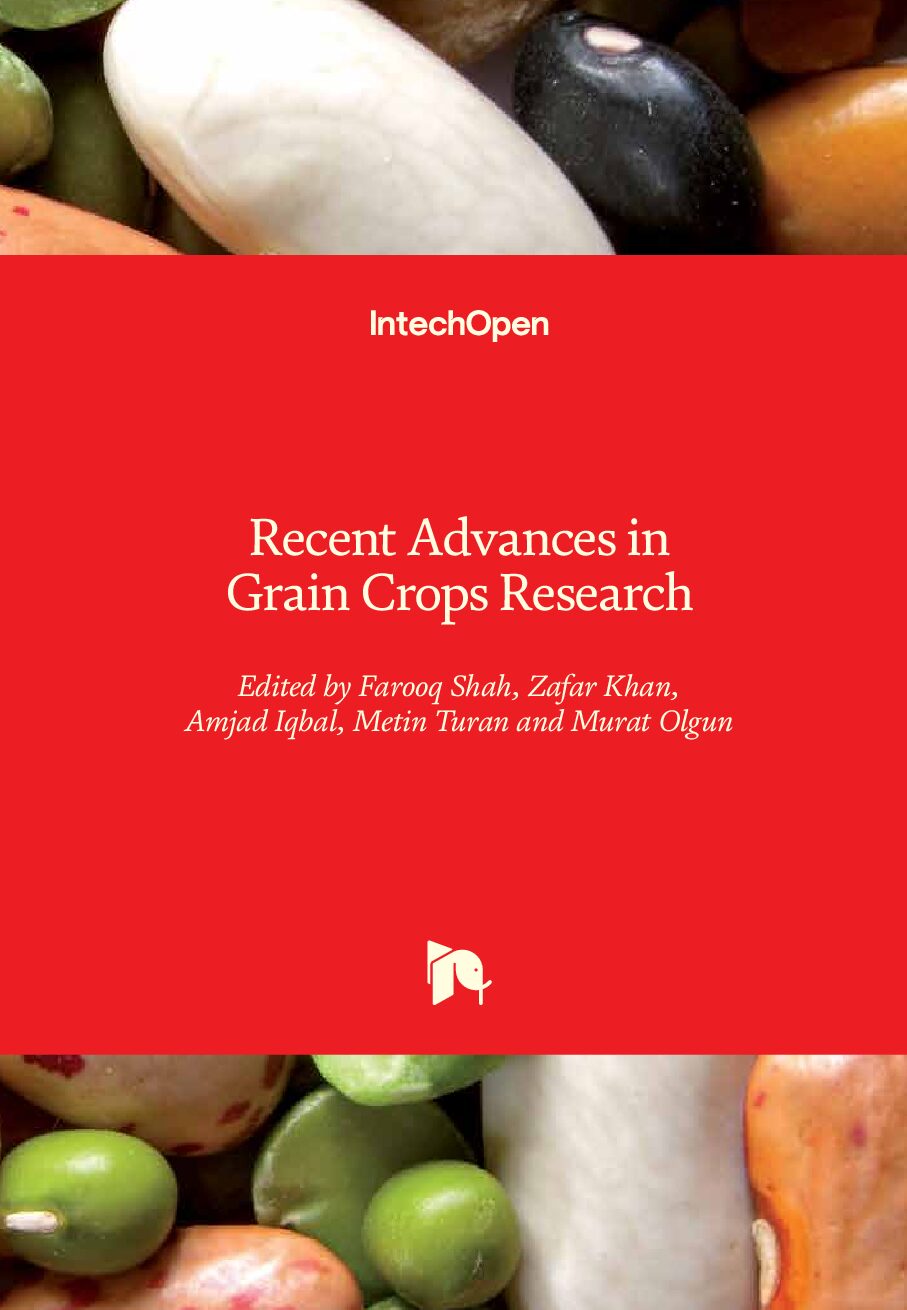

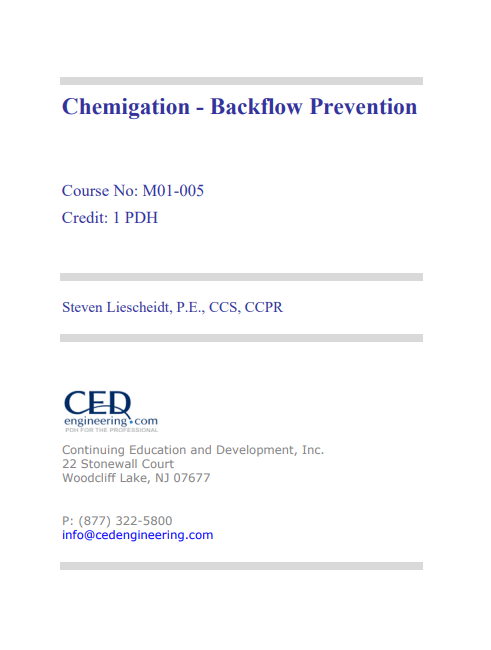
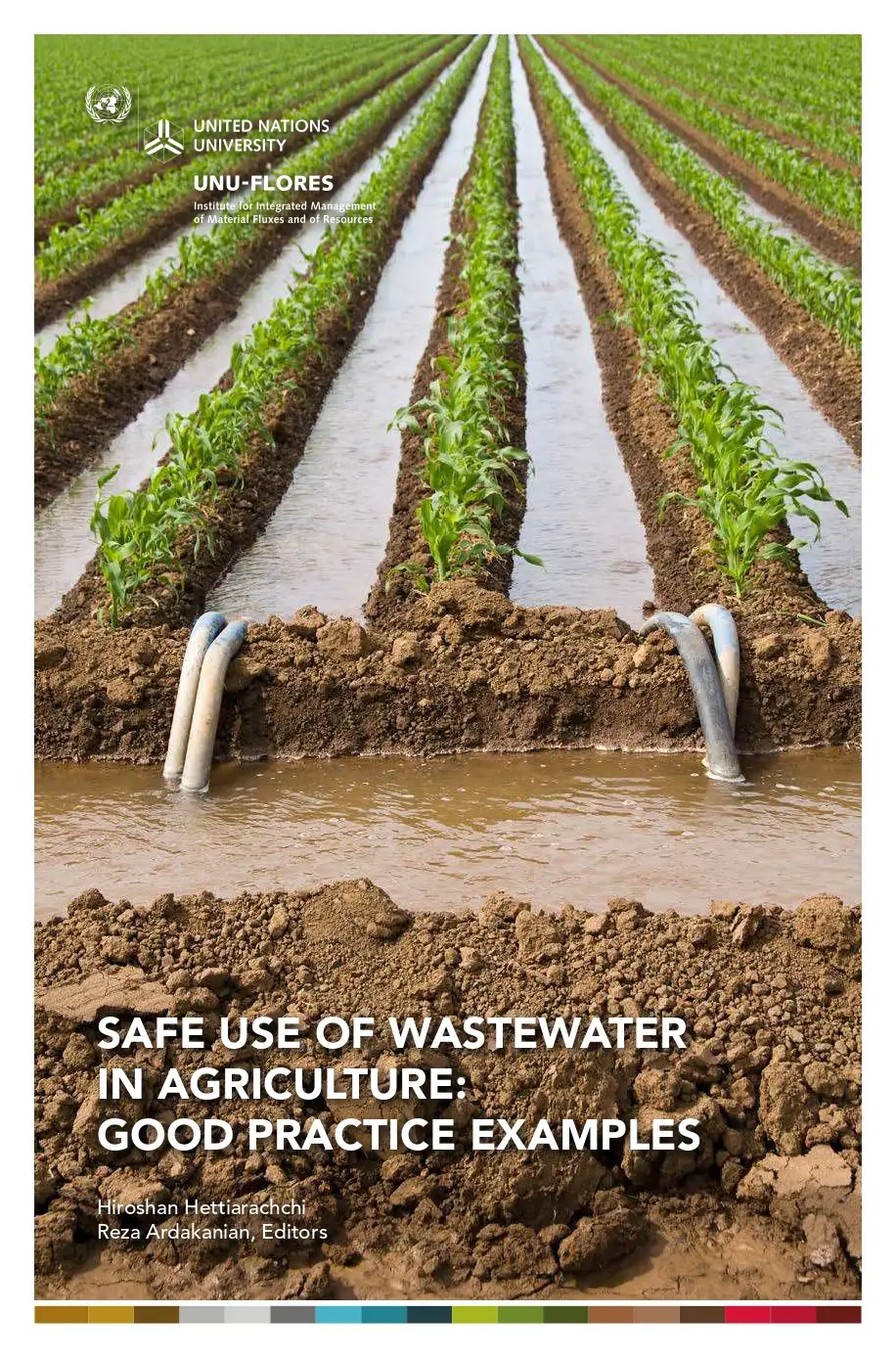
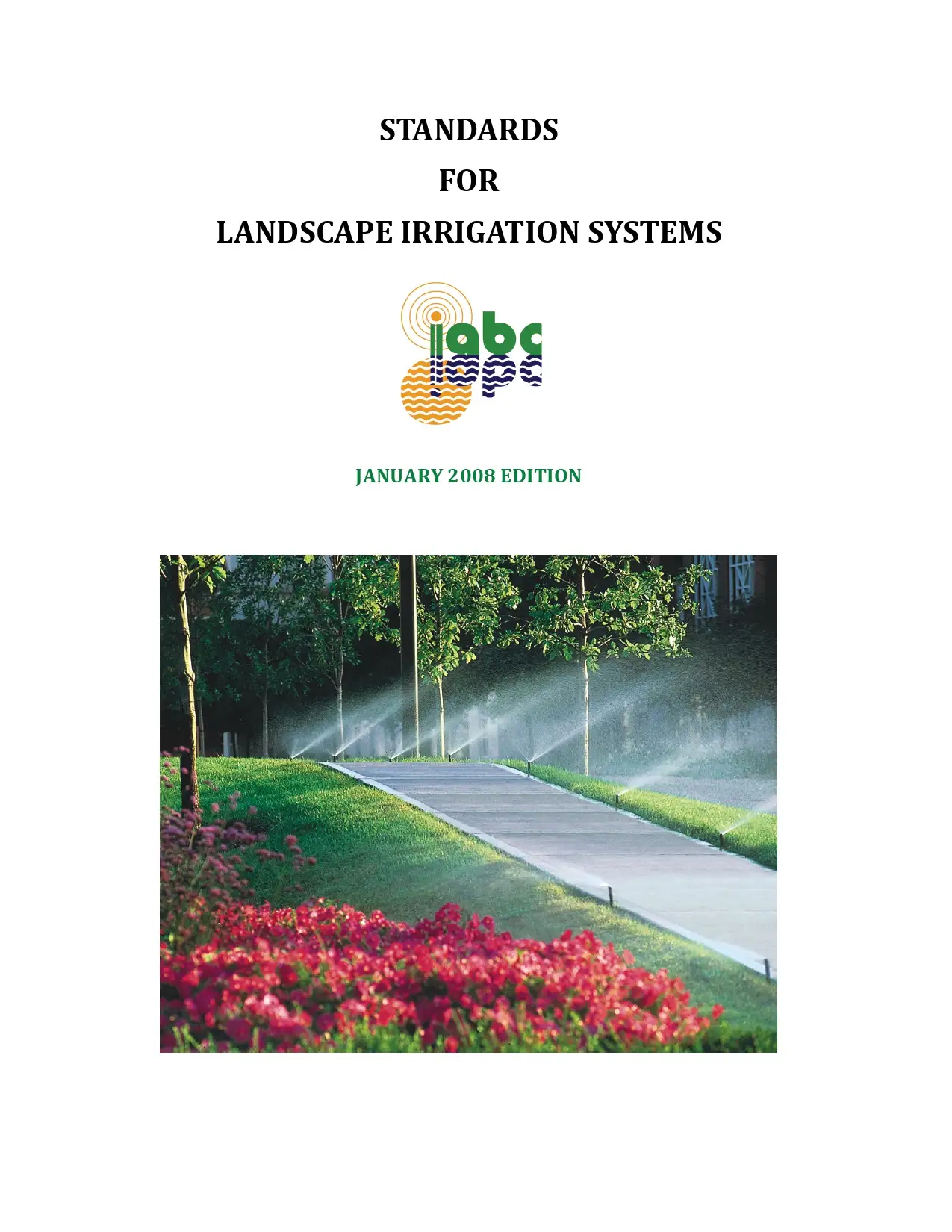

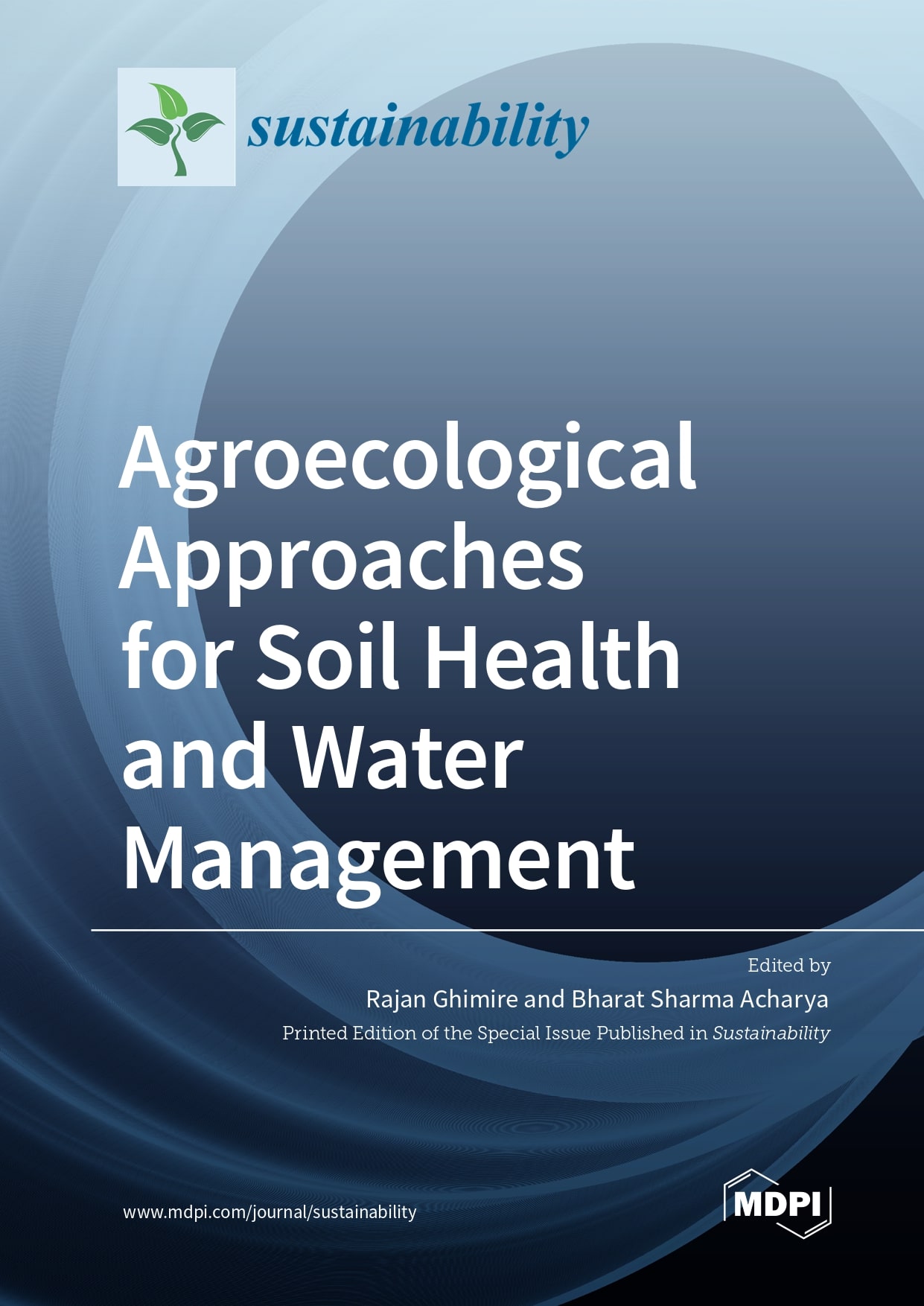


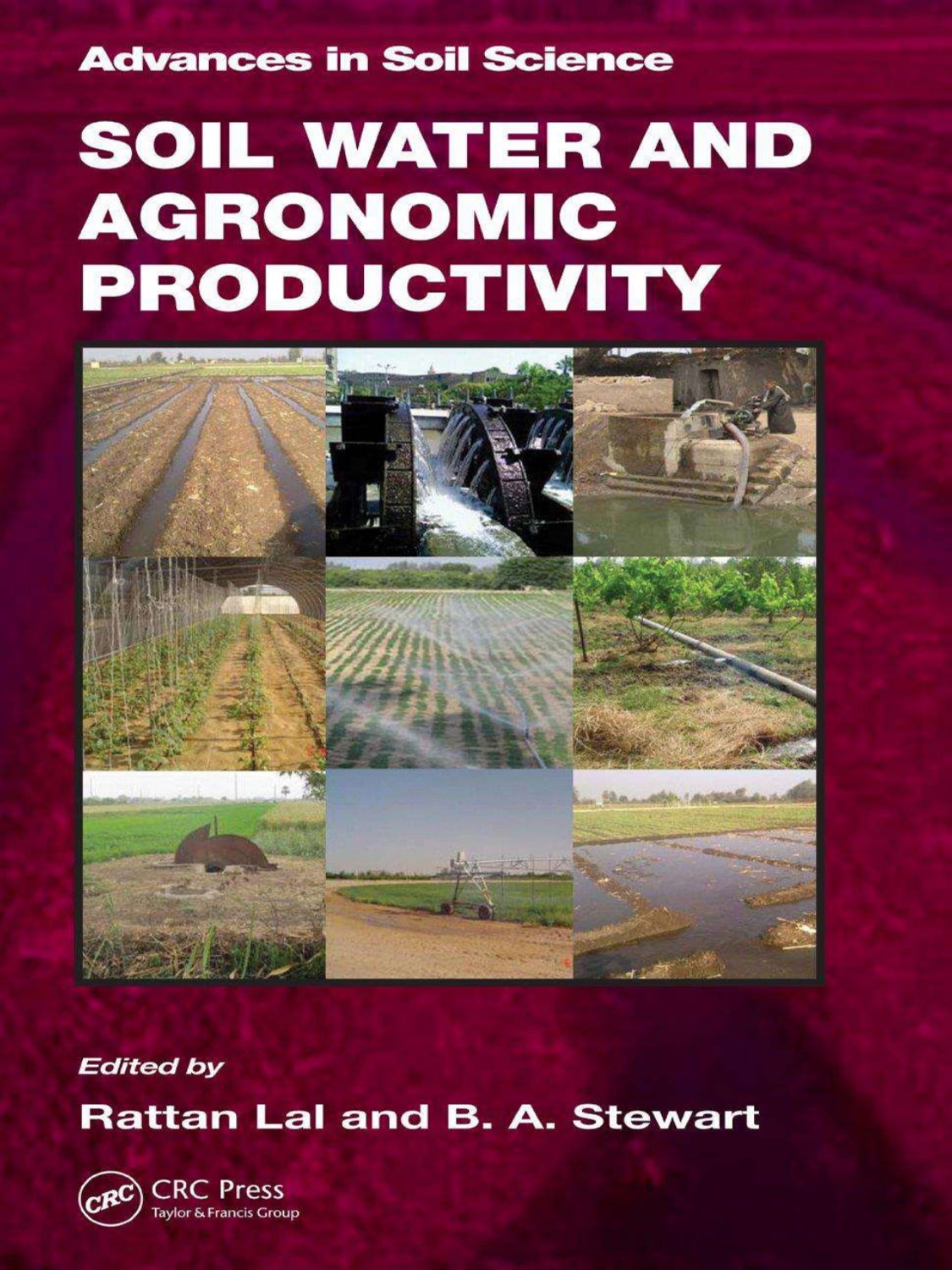
Reviews
There are no reviews yet.